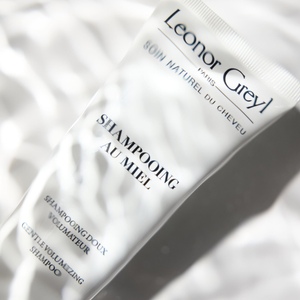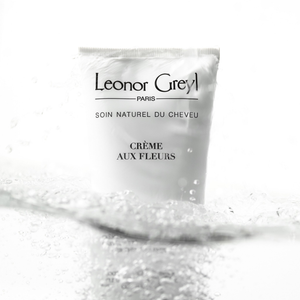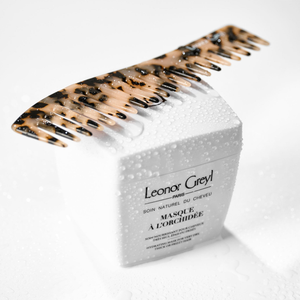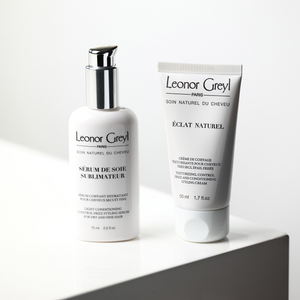Claudie Larteau, an expert in socio-hairdressing and a haircare specialist helping people with hair loss, shares her insights and advice. In her studio in Neuilly-sur-Seine as well as in hospitals, she guides women and men experiencing progressive hair loss due to illness, helping them rediscover their sense of beauty.
How would you describe your work?
My role is to provide care, beauty, and well-being to people going through a difficult time. I am not a traditional hairdresser: I have specialized in supporting people experiencing hair loss and offer personalized solutions to either conceal it or embrace it differently, while drawing inspiration from beauty trends.
Beyond the hair, I take care of the person as a whole: their story, their emotions, and their health challenges. I listen, observe, and offer gentle, non-judgmental advice. Taking the time is essential to build trust and to help each person reclaim ownership of their image and their well-being. Because yes, it is possible to live with alopecia and still feel beautiful; my work is about helping to shift that perspective and gradually restore confidence, step by step.
How to take care of hair during chemotherapy?
Hair loss related to chemotherapy can occur suddenly, sometimes accompanied by tingling or itching. Whether partial or total, it is always reversible.
From the start of treatment, it is recommended to pause all aggressive techniques such as color treatment (chemical or plant-based), highlights, perms, straightening, or relaxing. The goal is to protect a hair fiber that has become fragile. It is better to opt for gentle care, free of sulfates, silicones, and parabens, and to avoid heated styling tools as much as possible.
The day before a chemotherapy session, a deep treatment followed by a shampoo is recommended. After the session, since the hair tends to get less oily, it is preferable to space out washes from 3 to 8 days. To protect the hair, avoid brushing too frequently or too vigorously, as well as any movements that pull on the fiber. Air drying is best, while blow-drying and other heat sources should be kept to a minimum.
What routine to adopt for a bare scalp?
As daily care, apply Huile Apaisante to the scalp to relax it and prevent feelings of tightness. For a moment of relaxation and comfort, massage your scalp with the Brosse Massante. This will help stimulate oxygenation and hydration of the scalp.
As a shampoo, you can use Lait Lavant à la Banane daily. Softer than a traditional shampoo, its pleasant foaming texture gently removes impurities without irritating the scalp.
What routine to adopt when the hair starts to grow back?
As soon as the hair is well hydrated and the scalp is stimulated and oxygenated, regrowth will be faster.
For a complete haircare routine, start with a pre-shampoo treatment using Régénérescence Naturelle, applied directly to the scalp. Leave it on for at least 15 minutes, and ideally overnight or throughout the day.
Continue with Shampooing Énergisant, specially formulated to restore vitality to weakened hair. Enriched with fortifying active ingredients, it stimulates the scalp while gently cleansing. Used regularly, it helps the hair regain volume, strength, and vitality, while leaving it more resilient, shiny, and easy to style.
Finish with Sérum Énergisant, applied to the scalp to stimulate growth and density, and to create an environment that promotes stronger, more resilient hair.
To boost the effectiveness of this routine, massage the scalp with the Brosse Massante. For even better results, tilt your head forward to encourage blood circulation, then massage in circular motions for at least one minute.
After chemotherapy, if your hair grows back with a frizzy texture, apply a small amount of Éclat Naturel to help smooth and tame it.










